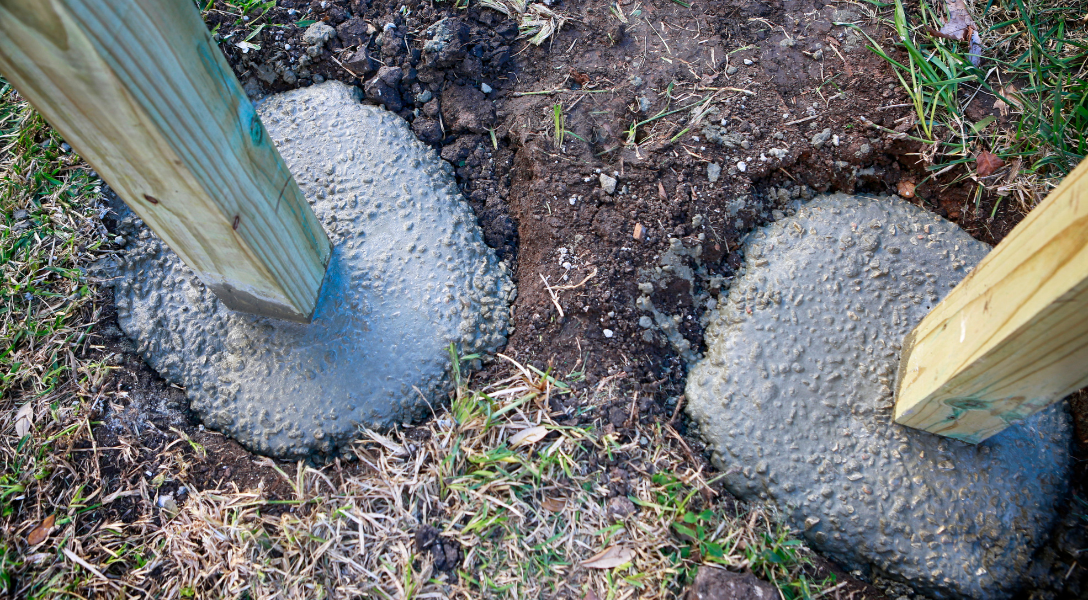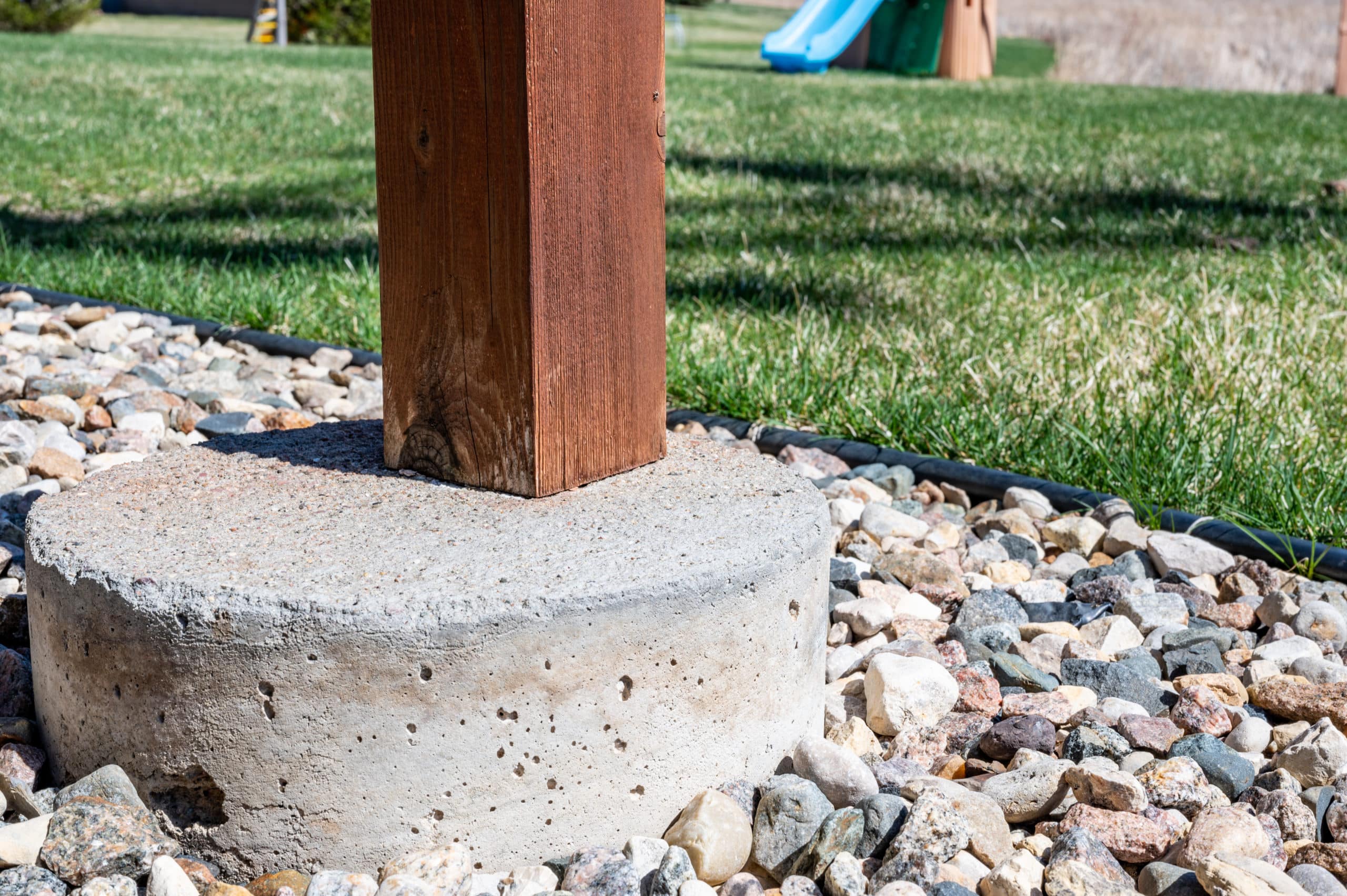Architectural Integrity Issues: Choosing the Right Deck Footings for Your Outdoor Job
Architectural Integrity Issues: Choosing the Right Deck Footings for Your Outdoor Job
Blog Article
Professional Tips for Setting Up Deck Footings to Assistance Your Outdoor Area
When it comes to building a deck, one of the most vital aspects to take into consideration is the installment of correct grounds. These grounds are the structure upon which your exterior room will relax, offering security and assistance for years to come. What specifically does it take to mount deck grounds appropriately?
Relevance of Correct Deck Grounds
Appropriate deck grounds are necessary for making certain the security and durability of your exterior room. When constructing a deck, it is essential to pay focus to the foundation on which it will relax. Deck grounds offer the needed assistance for the whole framework and aid disperse the weight evenly - Deck Footings. Without solid and properly installed grounds, your deck might become unpredictable, leading to safety risks and expensive repairs.

Along with security, appropriate deck footings additionally add to the durability of your outside space (Deck Footings). Grounds that are created and constructed to withstand the aspects and soil problems in your area will certainly assist prevent the deck from settling or moving with time. By ensuring the grounds are correctly sized and mounted, you can minimize the danger of damages to the deck structure, extending its life expectancy and reducing the demand for expensive fixings or substitutes

Picking the Right Type of Footings
When choosing the suitable type of footings for your deck, it is very important to consider factors such as soil conditions, local building regulations, and the total layout of your outdoor area. The type of footing you pick will certainly play a crucial duty in guaranteeing the security and longevity of your deck.
One usual kind of footing is the concrete footing. Concrete footings are suitable for the majority of dirt problems and supply excellent assistance for decks. They are normally installed listed below the frost line to stop shifting and settling because of freezing and thawing cycles. An additional option is helical piers, which are ideal for areas with unpredictable soil or high water tables. These piers are screwed right into the ground and provide solid support for the deck.
In some instances, you may require to use specific grounds, such as stack footings or deep foundations, if you are building a big or multi-level deck. These footings are made to disperse the weight of the deck over a larger area, making certain stability and avoiding resolving or sinking.
Prior to picking a type of ground, it is vital to speak with neighborhood building ordinance and laws to make sure conformity. Additionally, consider the style and planned use of your outside room. Elements such as the dimension, form, and load-bearing demands of your deck will certainly influence the type of footing that is most suitable.
Preparing the Ground for Footing Setup
To correctly prepare the ground for footing installment, it is essential to assess the dirt conditions and take necessary actions to make certain security and toughness of the deck. The primary step is to dig deep into the area where the grounds will be installed. The depth of the excavation will depend upon the frost line in your region and the specific demands of the deck layout. It is vital to get rid of any plants, rocks, or debris from the excavation to make sure a solid foundation.
Once the area has been excavated, the next step is to compact the soil. This can be done using a plate compactor or by utilizing a hand tamper. Condensing the dirt assists to get rid of any kind of gaps or air pockets, which can lead to clearing up and instability with time.
After compacting the soil, it is very important to lay a layer of gravel or smashed stone at the base of the excavation. This will provide drain and assistance to stop water from merging around the footings, which can lead to erosion and instability.
Step-by-Step Overview to Setting Up Deck Footings
After properly preparing the ground for footing installment, the following action is to begin the process of setting up deck grounds. This step-by-step guide will certainly provide you with a clear understanding of exactly how to mount deck grounds for your outside room.
Establish the place: Begin by noting the placements of the deck footings using risks and string. Make certain that the places straighten with the style and design of your deck.
Dig the openings: Utilize an article YOURURL.com hole digger or an auger to dig the holes for the grounds. The depth and size of the holes should be in accordance with local building ordinance and the particular requirements of your deck style.
Degree the holes: Use a level to ensure that the holes are dug to the proper deepness and are level with each various other. (Deck Footings)
Include gravel: Place a layer of crushed rock at the base of each hole to enhance drainage and protect against the Learn More wood from rotting.
Place the grounds: Put the footings right into the openings, ensuring they are degree and plumb. Make use of a degree and a determining tape to guarantee precision.
Safeguard the grounds: Pour concrete into the openings around the footings, loading them to the top. Use a blog post level to ensure the grounds stay level as the concrete collections.
Permit time for treating: Allow the concrete remedy according to the producer's instructions before waging the deck building and construction.
Typical Blunders to Avoid Throughout Footing Setup
One important element to think about throughout the installment of deck footings is staying clear of common blunders that can jeopardize the stability and durability of your outdoor area. While deck grounds may look like a uncomplicated and easy component of the building process, forgeting certain variables can result in pricey repair services and potential safety and security hazards down the line.

Furthermore, neglecting to mount proper water drainage steps can create water to accumulate around the footings, bring about rot, degeneration, and the eventual weakening of the deck's foundation. Using the incorrect type of footing material or failing to sufficiently safeguard the grounds can jeopardize their architectural stability.
To stay clear of these errors, it see is vital to talk to an expert or comply with market guidelines to make sure proper footing installment. By doing so, you can make certain the stability and durability of your outdoor room, supplying a delightful and secure environment for years to come.
Final Thought
Finally, installing proper deck grounds is critical for the security and durability of your outside space. By selecting the best type of footings and effectively preparing the ground, you can make sure a solid foundation for your deck. Following a detailed overview and preventing typical errors during footing setup will even more enhance the toughness and safety and security of your deck.
Correct deck footings are vital for guaranteeing the stability and long life of your outside room. The grounds offer as a connection in between the ground and the deck, enabling the weight of the deck and its occupants to be distributed evenly into the soil.One common type of ground is the concrete footing. Put the footings: Place the footings into the openings, making sure they are level and plumb. Protect the grounds: Put concrete into the openings around the grounds, filling them to the top.
Report this page